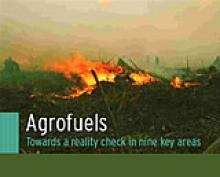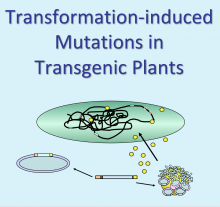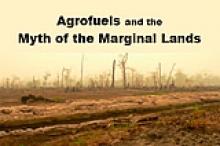Plant transformation is a genetic engineering tool for introducing transgenes into plant genomes. It is now being used for the breeding of commercial crops. A central feature of transformation is insertion of the transgene into plant chromosomal DNA. Transgene insertion is infrequently, if ever, a precise event. Mutations found at transgene insertion sites include deletions and rearrangements of host chromosomal DNA and introduction of superfluous DNA. Insertion sites introduced using Agrobacterium tumefaciens tend to have simpler structures but can be associated with extensive chromosomal rearrangements, while those of particle bombardment appear invariably to be associated with deletion and extensive scrambling of inserted and chromosomal DNA. Ancillary procedures associated with plant transformation, including tissue culture and infection with A. tumefaciens, can also introduce mutations. These genome-wide mutations can number from hundreds to many thousands per diploid genome. Despite the fact that confidence in the safety and dependability of crop species rests significantly on their genetic integrity, the frequency of transformation-induced mutations and their importance as potential biosafety hazards are poorly understood.



